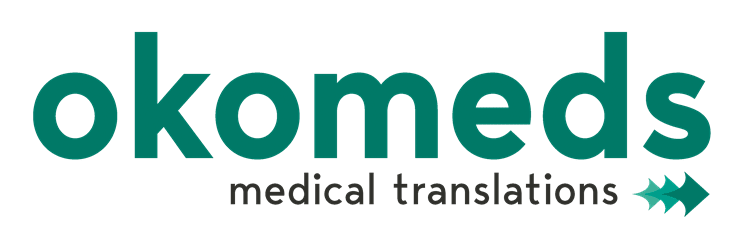
20 Jan Pharmaceutical translation helps bring medicines to market
Advances in research have made it possible for the population to overcome diseases that 50 years ago would have killed people. Thanks to medicines and vaccines, diseases such as tetanus and chickenpox can be survived. Pharmaceutical translation has a lot to do with this. Without pharmaceutical translation, many medicines would not reach the market.
Researchers and translation of CROs
Pharmaceutical translation, a branch of medical translation, is essential in the marketing of a product and in the research and approval phases. Without effective translation, a medicine may never reach the market or even be developed.
Laboratory research is increasingly diversified and complex. When working in a laboratory, professionals use increasingly sophisticated techniques. In addition, the financial resources and services used must be considered in this process. These often go unnoticed, but they have a decisive impact on each stage of development of a medicine.
The role of the European Medicines Agency
It should be remembered that the European Medicines Agency (EMA) and its Committee for Medicinal Products for Human Use assess the quality, safety and efficacy of medicines. It is this body that gives the go-ahead for the marketing of medicines in Europe. It also decides on the information to be included in the technical data sheet, label and package leaflet for medicines.
That is why pharmaceutical translation is needed, to ensure that the information about the medicines reaches the intended recipient in the right way. The pharmaceutical industry is a fast-paced sector and often the introduction of medicines to the market must be quick. Having a medical translation agency that specialises in this area will help medicines reach the market in the best way possible.






Sorry, the comment form is closed at this time.